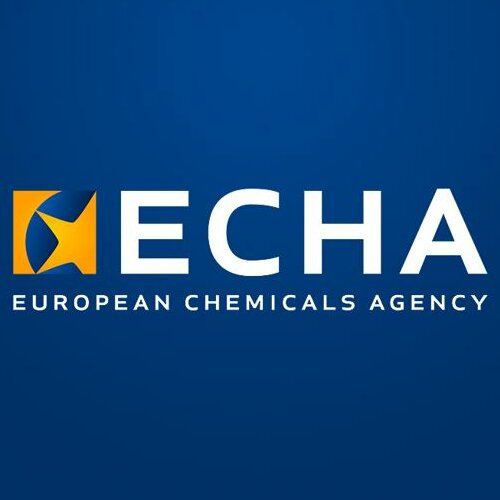

The guide helps companies and national authorities understand how mixtures containing titanium dioxide (TiO2) need to be classified and labelled following its classification as carcinogenic if inhaled.
Helsinki, 20 September 2021 – The classification and labelling requirements for titanium dioxide (TiO2) changed in February 2020. As of 1 October 2021, following Delegated Regulation (EU) 2020/2017, new classification and labelling requirements enter into force.
The substance TiO2 must be classified as carcinogen if inhaled (Carc. 2, H351 (inhalation) when supplied on its own or in mixtures, where the substance or mixture contains 1 % or more of TiO2 particles with an aerodynamic diameter ≤10 μm. In addition, mixtures containing TiO2 must be labelled with the supplemental label element ‘Hazardous respirable dust may be formed when used. Do not breathe dust’ (EUH212).
Non-classified solid mixtures must also be labelled with the EUH212 supplemental labelling element if they contain at least 1 % of TiO2, regardless of their form, or particle size.
By European Chemicals Agency
GBA Group is a leading group of laboratories with a solid reputation backed by over…
Now, INTECH CO. developed stripping tape to collect Dead skin cell. - Basic Skin Research…
K-Beauty's Global Takeover: A Success Story The Korean beauty industry has achieved an unprecedented milestone:…